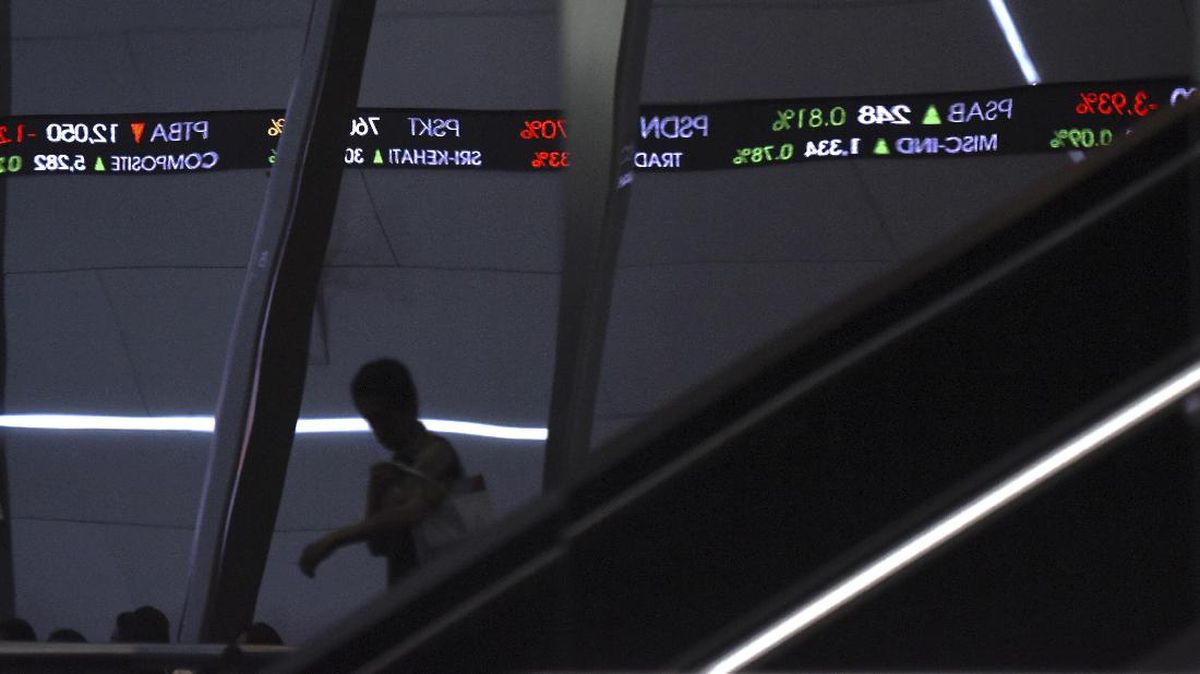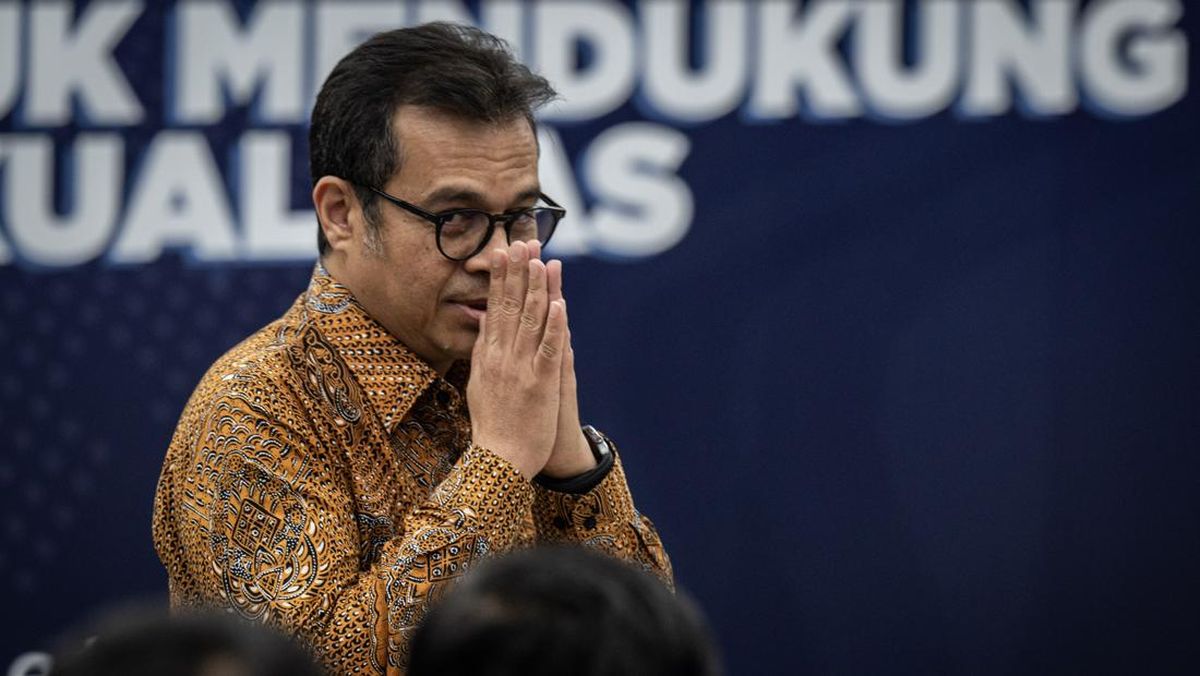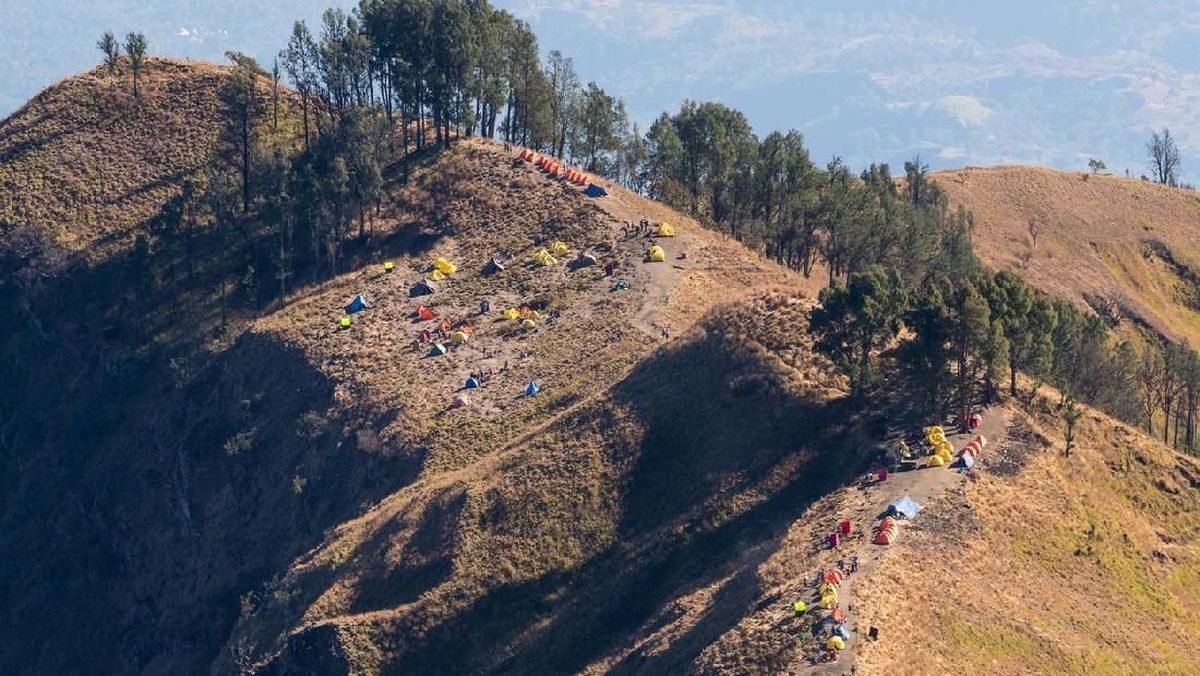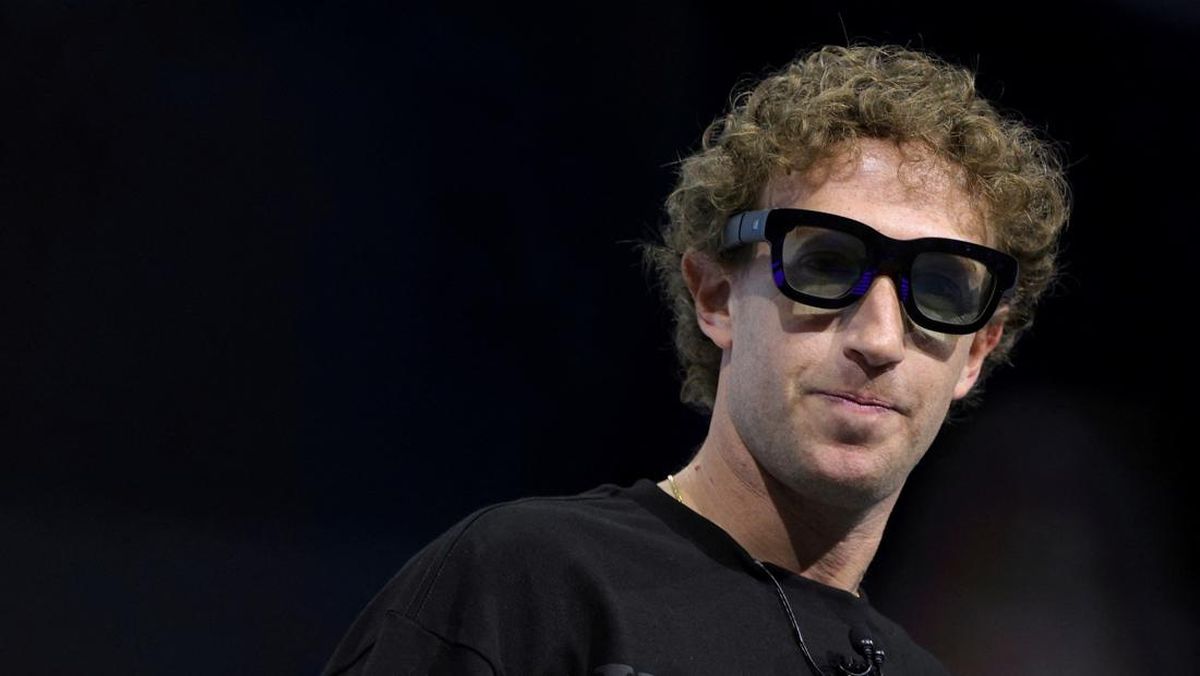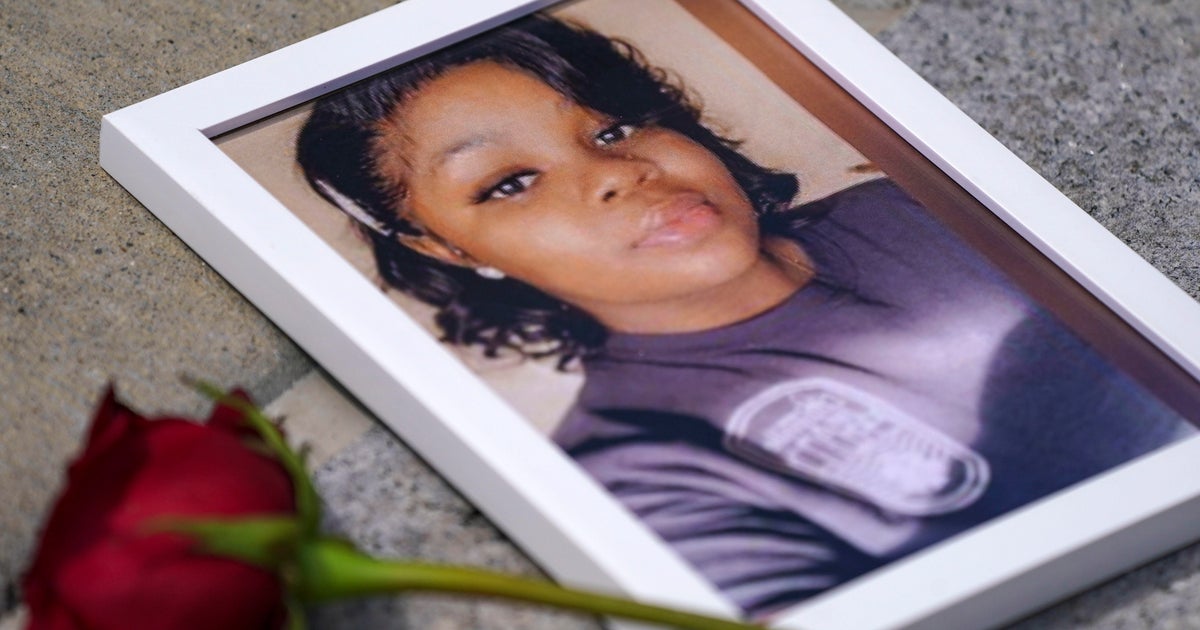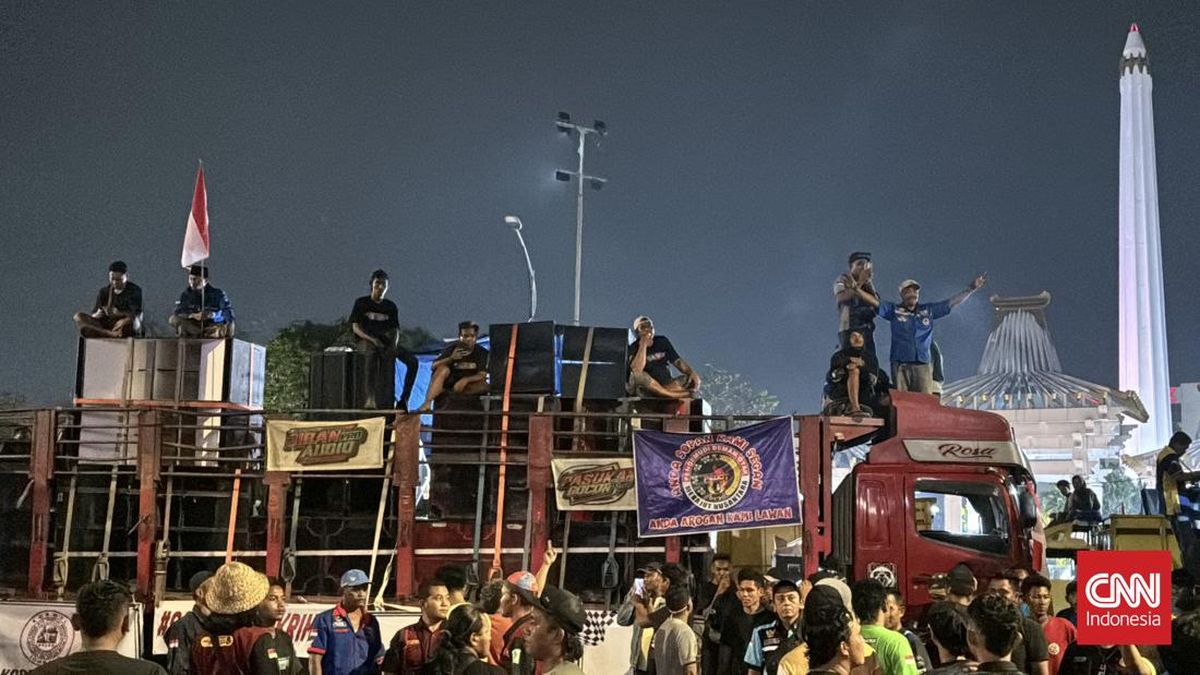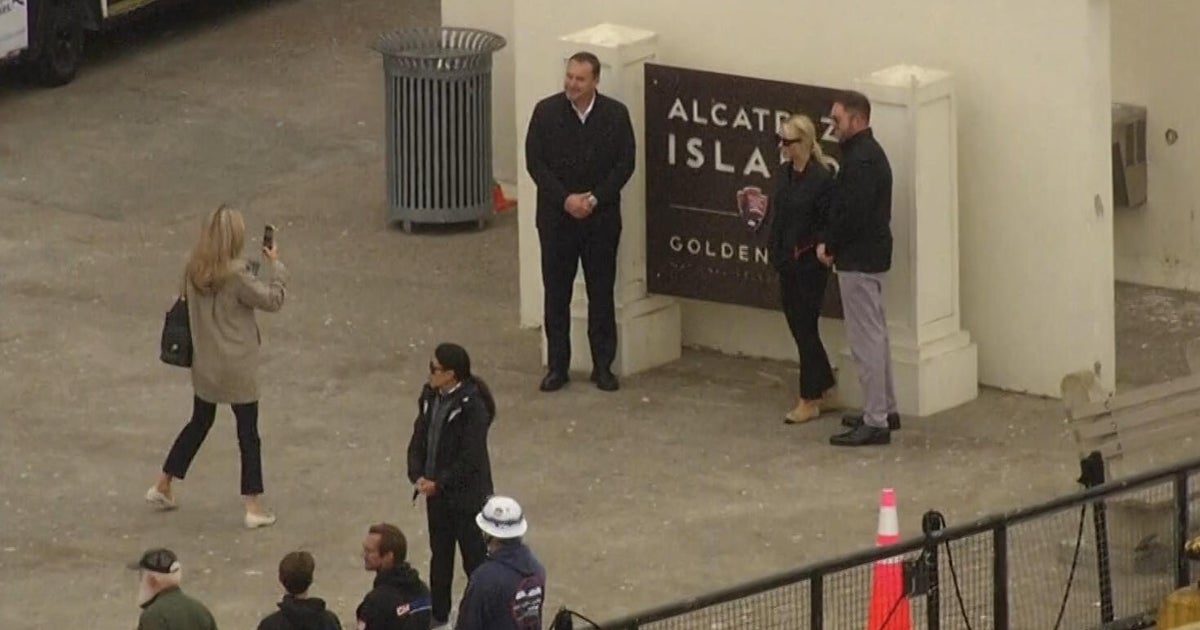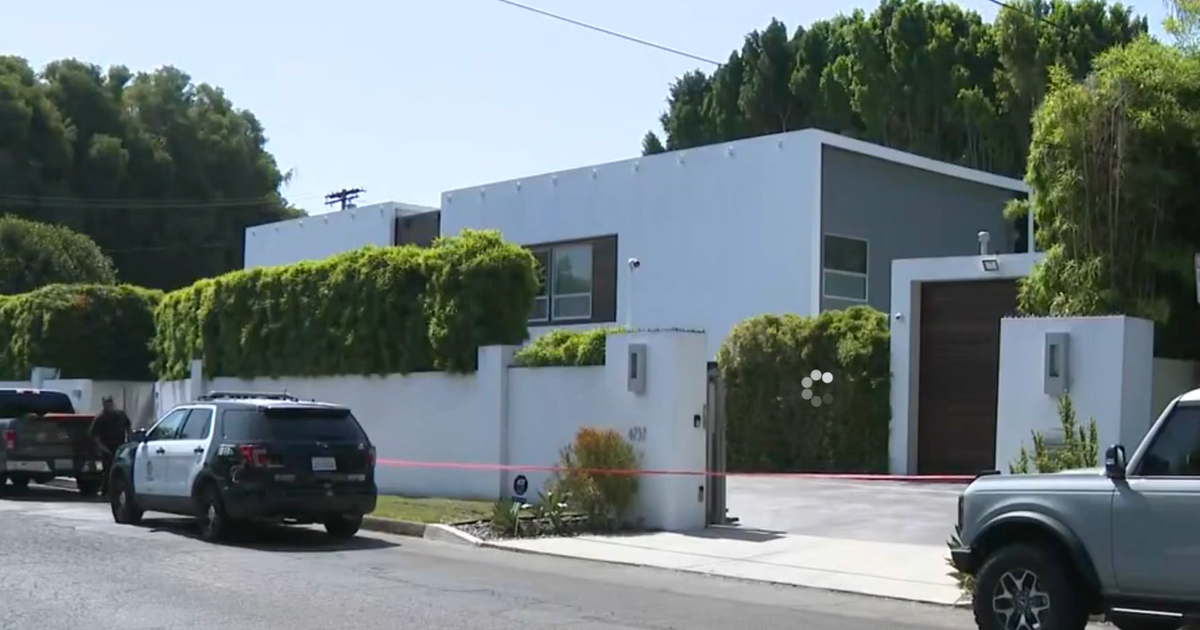Tiger Woods kept his assessment of the 16th hole at Royal Portrush short when asked for his view ahead of the 2019 Open championship.
“That’s hard,” Woods told the Belfast Telegraph.
His response shows the regard the pros hold for the 216-metre, tournament par-three hole; it’s no surprise there’s plenty of respect for one that goes by the name “Calamity Corner”.
It is not to be messed with at any time, let alone in the final stretch of a major tournament.
But as the Open returns to the rugged, often windswept, course in Northern Ireland this week, golfers will have to navigate it on the biggest stage.
If the links course was a ski field, this hole would be one of the more dangerous runs on the mountain, to be navigated carefully once each day and only spoken about when all four runs are complete. Get your line wrong, and you can be fighting for your golfing life within minutes.
‘You just try to hang on’
The beautiful course, set in the wild dunes on the edge of the spectacular Atlantic coast in Antrim, is named the Dunluce Course, after the nearby Dunluce Castle. The castle provided the exterior shots for House Greyjoy of Pyke in Game of Thrones.
Dunluce is as wild and unkempt as a sailor’s sentence, with several great holes nestled into the dunes where fescue grass can either bounce a golf ball up towards undulating greens or hide it like plankton swallowed up by a fish.
When the wind blows, it is a crosswind on most holes, forcing the professionals into decisions they don’t usually need to consider. The 57 bunkers on the course are like fly traps.
Scotland’s Robert MacIntyre, competing this week, is not afraid of such conditions, but he knows what’s in store.
“The whole golf course is absolutely beautiful to the eye, but it also plays absolutely brilliantly,” he said.
“You’ve got holes that you’ve got a chance, and then you’ve got holes that you just try to hang on.”
Some regard the fifth, “White Rocks”, as both beautiful and perilous.
Players have a view out over the ocean as they walk towards the green, which sits on the edge of a cliff.
But go too long here, and you’ll need to abseil down to find your ball. Still, it’s a driveable par four, so the pros will chase the flag hard.
The middle holes will sort the contenders from the pretenders. But then they will be confronted with a daunting reality: whatever they hope to achieve, it will all come down to navigating Calamity Corner.
It’s golf’s version of the Hillary Step, the sheer and sometimes fatal vertical rock face that was the final challenge to reaching the top of Mount Everest.
Gone with the wind
Calamity Corner was part of a course redesign in 1932, by Harry Colt. It hasn’t changed since then – although, when the course was upgraded for the 2019 Open (the last time it was held at Royal Portrush), it went from being the 14th hole to the 16th.
From the tee, the green is just over 216m, and there are no bunkers. But the slightly elevated green sits beyond a daunting ravine on the right of those hitting off. The drop is mountain goat steep, the grass ready to put its foot on your ball’s throat and hold it down.
Hitting to the right is not an option unless golfers want to make a bogey or worse. Out here, with no water to allow a drop and no stance to play a chip to an unseen flag, they have no friends except self-recrimination.
That’s why golfers go left and are not fussed if they go a little short of the green, nestling into Bobby Locke hollow. The patch of grass is named after the South African star who apparently decided ahead of the 1951 Open, played at the same course, to hit his ball into that area every time he stood on the 16th. From there, he figured he could make par. He did, every time – no small achievement, considering that par was made only 41 per cent of the time in the 2019 edition.
Two-time major winner Bryson DeChambeau said he thinks about multiple things when he stands over the ball. The heavy wind is so relevant he is studying what impact wind will have on shots he plays.
“Once that ball gets going with that wind, it’s ‘sayonara’,” DeChambeau said.
Masters winner Rory McIlroy could argue that missing the cut in 2019 came down to his first hole and the 16th on day one of the tournament. He hit his tee on to the green at 16 only to make four putts to record a triple bogey.
It was a calamity.

Rory McIlroy is in demand at the British Open. Credit: AP
But he’ll be back this year, and McIlroy is the one the crowds have come to see, sharing local favourite status with 2019 winner Shane Lowry. He will bring Irish charm to the links course rather than technical efficiency, even as DeChambeau is trying to apply science.
“You need to show quite a lot of artistry to do well here,” McIlroy said.
Loading
The stage has been set for the 153rd Open; nine Australians will be venturing on to Royal Portrush with plans that will be lucky to last past the first hole.
If any of the nine are still in contention at Calamity Corner, we will collectively hold our breath.
News, results and expert analysis from the weekend of sport are sent every Monday. Sign up for our Sport newsletter.

